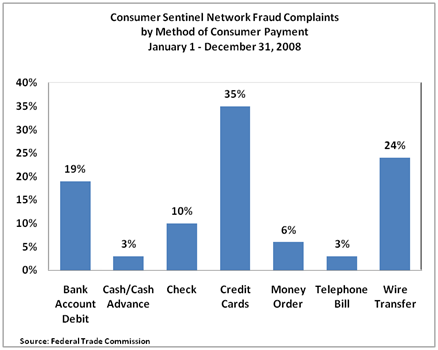Cell phone ubiquity and the growth of wireless networks are helping the world's poor to transcend from informal, cash-based societies to societies with more efficient and safer payments systems. The recent success of mobile operator-led payments services in emerging markets is galvanizing market experimentation in developed countries such as the United States.
Technology ripe for advance of mobile P2P
Mobile network operators and other nonbank firms are beginning to offer mobile-enabled payments transfer services in cross-border environments, using "agents" such as the corner store to accept cash deposits and accommodate withdrawals in lieu of traditional bank branches. These money transfer services, including both domestic and cross-border person-to-person (P2P) payments, are shifting to the mobile channel, providing consumers efficient, electronic alternatives to paper-based P2P payments. However, improved carrier roaming capacity and increased transaction activity may create opportunities for money laundering abuses and other unforeseen financial crimes. As new mobile financial services such as mobile P2P gain acceptance in markets throughout the world, how will industry participants plan for new and unanticipated risks?
The potential for market adoption
According to CGAP—or the Consultative Group to Assist the Poor—more than a billion people worldwide lack access to traditional financial services, but they do have mobile phones. This ubiquity has the potential to extend even more financial services to unbanked peoples throughout the world. In fact, a 2007 survey conducted by the GSM Association found that respondents expected the number of subscribers using mobile domestic money transfers to grow more rapidly for developed markets than for developing markets. These results imply that consumers in developed markets are interested in electronic P2P payment options and would be willing to conduct them via the mobile device.

|
| ENLARGE |
The game changer when we think about payment adoption is the ability of the cell phone to execute domestic transfers in addition to international exchanges. This expanded functionality may fulfill the needs of mainstream consumers, as well as the unbanked, by giving them a convenient, cheap, and efficient alternative to writing checks or going to an ATM for a cash withdrawal for low-value exchanges.
The risk environment
In emerging markets, the risks of money laundering, identity theft, and other fraud are very real—they are merely eclipsed by the risks inherent in informal, cash-based systems, such as theft and extortion and possibly more violent crimes. So consumers in these countries where mobile payments are successful are arguably better off today despite the new risks introduced. However, this may not be the case in the United States, where we have a vast array of secure payment alternatives in place already. If convenience ultimately leads to adoption here, as it has abroad, what risks will P2P mobile money introduce, and how will we manage them?
The risks inherent in all retail payments systems are also present in the mobile space, including money laundering, privacy and security, consumer protection, fraud, and credit and liquidity risks. However, the mobile environment adds a dimension of complexity that makes quantifying risk more difficult. Participants in the payments value chain are increasingly disintermediated and outside the traditional legacy banking environment where the regulatory and legal governances are well established. In addition, there are other risks more unique to telecom firms that financial institutions and their regulators lack experience in detecting and monitoring. Finally, the regulatory domains governing banking and telecommunications are accustomed to operating independently and autonomously from one another and may be challenged to work collaboratively.
Implications for the United States
Domestic and international mobile money transfers are gaining adoption in world markets whose participants are likely to transact with U.S. consumers as wireless carriers provide services cross-border. Today, evidence in support of U.S. consumer demand is inconclusive because of the limited availability of P2P services and limited user experience. However, prevalence in offerings may not be the appropriate benchmark for determining whether discussions on risk management and payment system integrity are important going forward, as risk exposure may not be directly correlated to the rate of adoption. In order to protect the integrity and ensure continued security of retail payments systems in the United States, all participants in the emerging mobile payments industry should engage in proactive dialogue on emerging risk issues inherent in mobile money transfers.
By Cindy Merritt, assistant director of the Retail Payments Risk Forum


